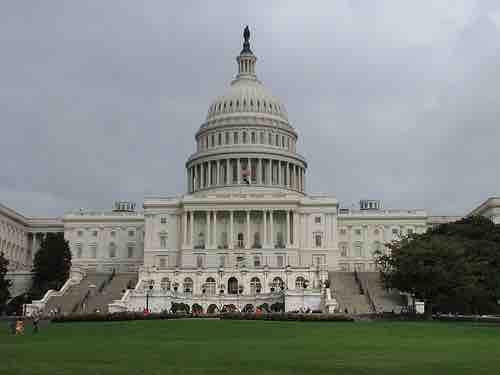The New Deal: Cooperative Federalism and the Growth of the National Government
Cooperative federalism is a concept of federalism where national, state and local governments interact cooperatively and collectively to solve common problems, rather than making policies separately but more or less equally or clashing over a policy in a system dominated by the national government. This concept arose after dual federalism in the United States in the 1930s.
In the American federal system, there are limitations on national government's ability to carry out its policies through the executive branch of state governments. There are significant advantages in a federal system to obtain state assistance in the local implementation of federal programs. Implementing programs through national employees would increase the size and intrusiveness of the national government and local implementation may assure the programs are implemented taking local conditions into account. Congress often avoids the adoption of completely nationalized programs by creating a delivery system for federal programs and by motivating compliance—threatening states that they will pose power over the regulated area completely.

Congress of the United States
The Congress Building of the United States is the seat of national or federal government which governs cooperatively with state and local government.
While the federal system places limits on the ability of the national government to require implementation by a state executive branch or its local political subdivisions, that limitation does not apply in the same way to state judicial systems. This is because the founders understood that state courts would be courts of general jurisdiction, bound to apply both state and federal law and because the state courts adjudicate cases between citizens who are bound to comply with both state and federal law. When Congress seeks to establish federal legislation that governs the behavior of citizens, they are free to choose among three judicial enforcement paradigms. It may open both federal and state courts to enforcement of that right, by specifically providing concurrent jurisdiction in the federal courts. It may grant exclusive jurisdiction to the federal courts, or it may choose to leave enforcement of that right to civil dispute resolution among parties in the state court.